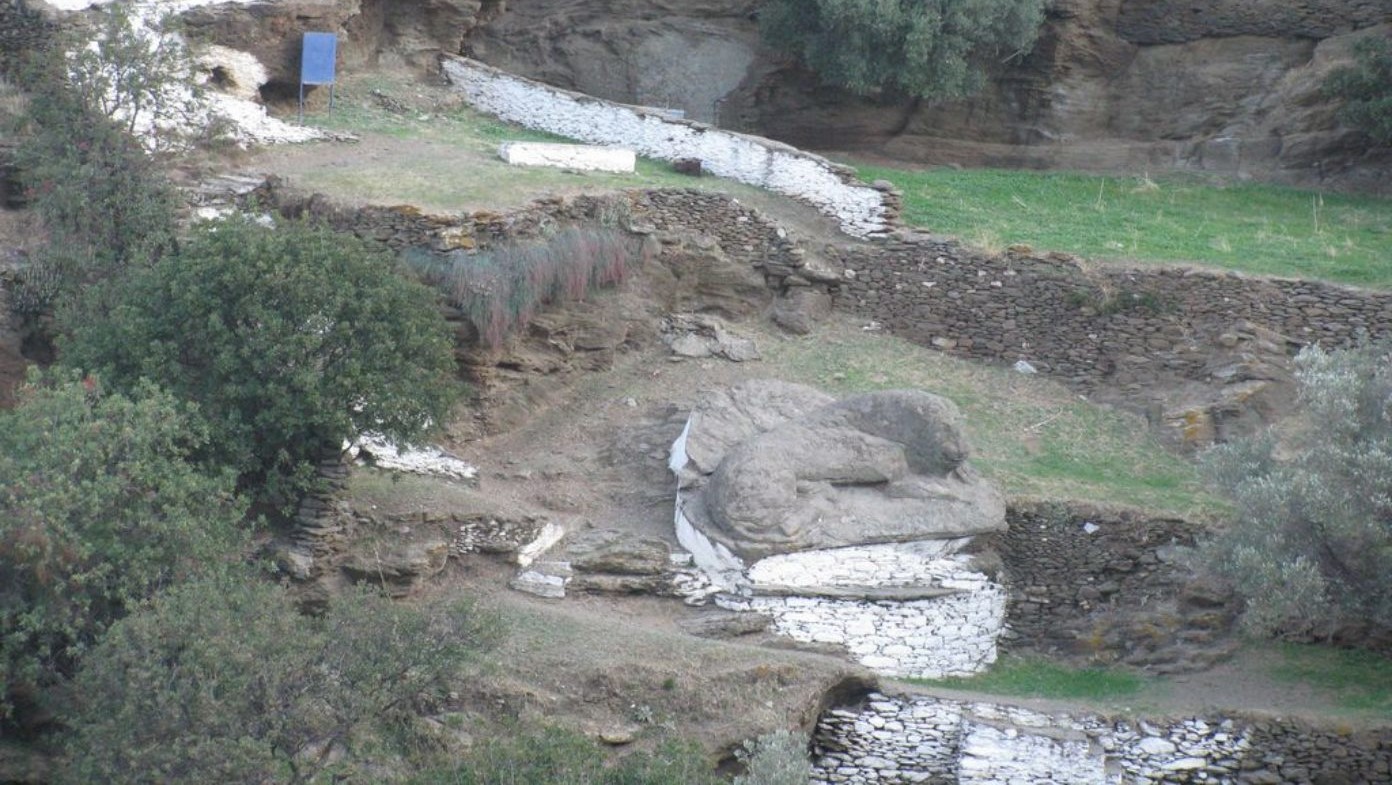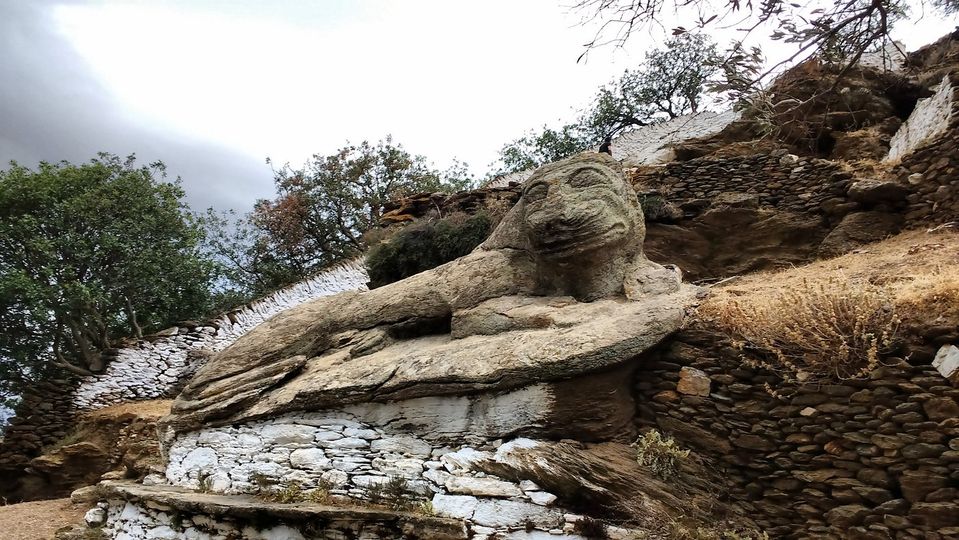Lion with Mona Lisa’s smile


There are so many lion sculptures or images, bas-reliefs or painted on walls of old mansions on the Greek island of Crete. It is generally accepted that this is the heritage of the Venetians because the king of beasts is the symbol of the Venetian Republic (and of its patron, the Evangelist Mark).
But there are plenty of lions in the Greeks’ own past. Just remember the Nemean Lion, defeated by Hercules or the Nemean Games—ancient Greek sports competitions in his honor. Sculpted lions still guard the Mycenaean Gate and protect the peace of the Sacred Lake on the island of Delos. Our hero, the lion from the island of Kea (Keos), is a special one: unlike his menacing-looking relatives—he smiles.
The island of Kea is the closest Cycladic island to Athens. It is very small: 19 km long and 9 km wide, where are living about 2,5 thousand people. Athenians love to get to it: for them, Kea is a county place for the weekend. Fast ships sail to it from the Athenian port of Piraeus.

The residents of Kea call their lion “Liontas” and are proud of this main attraction of the island. The huge stone figure—eight meters long and three meters high—reclines on a hillside near the town of Kea, the administrative center of the island. There are multi-level terraces and retaining walls all around it. Apparently, this place was supposed to gather people.
Who sculpted “Liontas” there, and why it was did?
According to a myth, once upon a time, there were plenty of rivers and streams with beautiful nymphs on the island of Kea. They were so good, lived so joyfully that the gods envied them. Zeus himself sent a huge lion to the island to pacify the frivolous women. The nymphs fled, but the lion, satisfied with its completed task, remained. Since then, it has been dozing, smiling and overlooking his possessions through the gorge between two mountains.

Scientists suggest that “Liontas” was part of a temple complex in an ancient city which archeologists have yet to excavate. By the way, lion teeth were discovered during excavations on Kea, so the myth may have some basis in reality.
The paths, leading to this lion, are all time in use: many people want to see it, to stand at this place or even stroke its smile. By the way, there is a belief that, if you kiss the lion, you will have good luck in love and business.
The walk to the monument can be started following the signs in the town of Kea; its location on Google map you will find near the town.